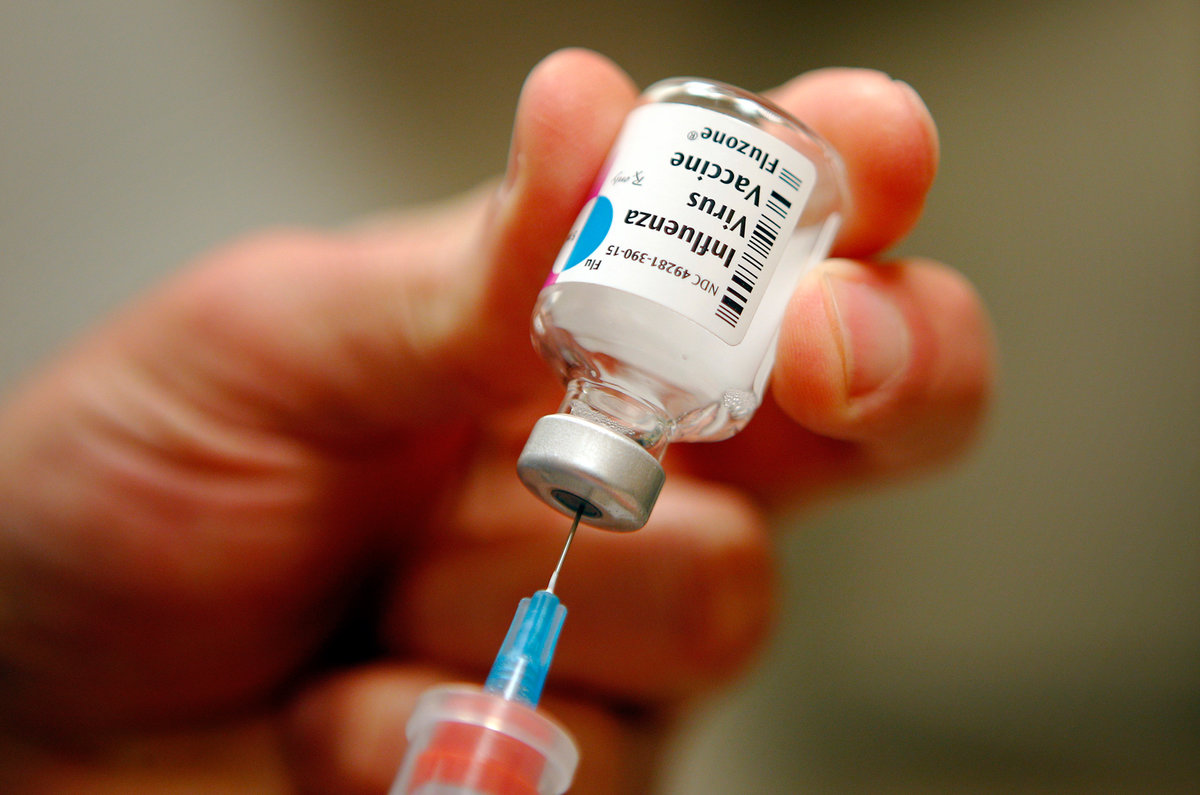How Effective is the Flu Shot?


By Katie Van Lew
According to the Centers for Disease Control and Prevention (CDC), the flu season of 2018 to 2019 proved to be the longest in ten years, lasting twenty-one weeks and affecting about 42.9 million people. Among these 42.9 million, 647,000 people underwent intensive hospital treatment, while 61,200 people died as a result of influenza. Due to these alarming statistics, many people remain skeptical of the effectiveness of the flu shot.
Low vaccine effectiveness occurs when the formulation of the influenza vaccine and the actual influenza virus itself that circulates do not share similar strains. Since doctors are unable to predict the strains of influenza for a particular year, it is challenging to formulate a vaccination that flawlessly protects individuals from the virus. The constant mutations in the genetic composition of viruses compromise the effectiveness of the vaccine.
Furthermore, low vaccine effectiveness is attributed to how doctors formulate the vaccination. Often, vaccines are produced by growing the virus in eggs. Because of the process, the virus is able to mutate into a variety of different strains, which may be different from the vaccination’s strain; therefore, this lack of a “match” causes people to be more susceptible to getting the flu.
Scientists are beginning to deviate from egg adaptations and focus their efforts on creating a strain that will not mutate. Scientists have begun growing vaccines within a variety of different cells including insect cells and dog kidney cells. Essentially, researchers are hoping to find a way to grow a vaccine within a cell that will refrain from mutating into diverse strains.
Additionally, factors such as age and ongoing health conditions increase the severity of the impact that the flu will cause an individual. People with weaker immune systems, such as children under the age of five, the elderly, and pregnant women will be more susceptible to obtaining the virus. Other factors that may influence the severity of the flu pertains to health complications such as people who have asthma, blood disorders, chronic lung disease, endocrine disorders, and heart disease. Typically, those with weakened immune systems will be more receptive to the disease.
In preparation for flu season, scientists must concoct a vaccine, oftentimes months in advance, to meet the high demand for vaccinations during the peak flu season. Scientists have the responsibility of choosing which viruses are to be incorporated into the vaccines. Vaccines offered can be trivalent, meaning the vaccination protects against three virus strains. The trivalent vaccine includes the two most popular A-strain viruses, H1N1, and H3N2, as well as one of the two B-strains. A more expensive option offered is that of the quadrivalent vaccine, meaning the vaccination protects against four virus strains. The quadrivalent vaccine is vital as it includes both B-strains, as well as the two A-strains mentioned previously.
Although the vaccination may not correlate with the viruses circulating throughout the public, the body’s antibodies are still effective in fighting off the virus. Vaccines allow antibodies to remain potent in combating the virus. Because vaccines produce antibodies that are familiar with a strain, the antibodies will continue to persist. According to the CDC, the influenza vaccine is 40% – 60% effective in preventing the virus.
As flu season approaches around October, doctors advise their patients to obtain a flu vaccination sooner rather than later. As flu season generally peaks from December to February, doctors recommend a vaccine in September and October in preparation for the circulation of the virus.








